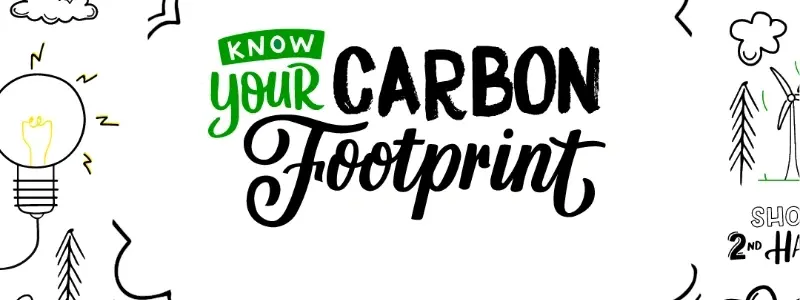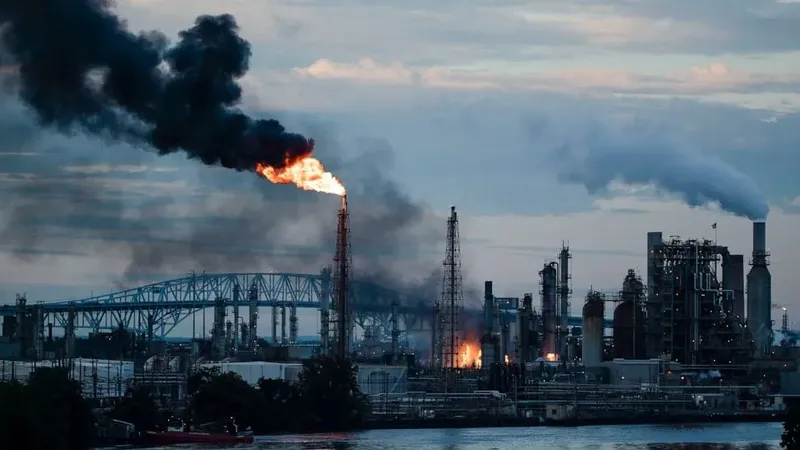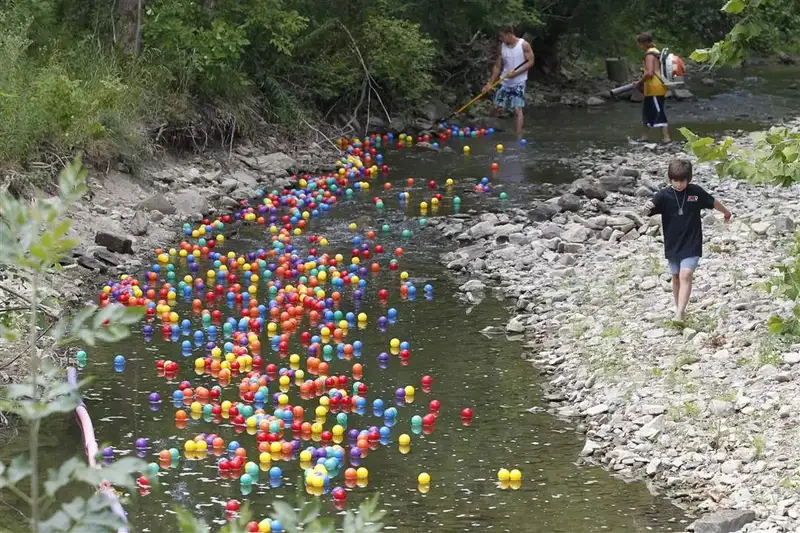What is Carbon Capturing and Carbon Offsetting?
I can’t tell you how many times I’ve heard or said these terms but only really recently I’ve realised that people just accept it as doing your bit without understanding the truth of what it really means.
I know you didn’t ask for it but here’s a brief history before we talk about the differences.
Whether you accept global warming, climate change, climate uncertainty or any other concept of change happening to the planet; one fact cannot be disputed is that carbon in our atmosphere is rising and “we” (humans) are a major contributing factor. I know someone reading this is thinking a cows fart is also a problem but I haven’t met a cow that can read a blog, drink through a paper straw and change their lifestyle to make a real change. We can and that’s why it’s so important we do make change and understand it.
In the beginning fossil fuel suppliers were pretty much regarded as a big chunk of the problem and were starting to feel the pressure, it’s pretty easy to dislike an energy company too so this was really bad PR for them.
The solution, In 2005 BP launched an advertising campaign convincing each individual that they should be concerned with their own carbon footprint. They didn’t coin the phrase but they popularised the idea of a carbon footprint for individuals. It wasn’t until 2008 when the UK’s Climate Change Act was the first law of its kind, making long-term emissions reduction targets legally-binding, opening the door to citizen lawsuits if the government missed them, and introducing interim targets or “carbon budgets” to keep the UK on track.
A side note…A focus solely on carbon footprints can lead people to ignore or even exacerbate other related environmental issues of concern. These include biodiversity loss, ecotoxicity and habitat destruction. It may not be easy to measure these other human impacts on the environment with a single indicator like the carbon footprint. Consumers may think that the carbon footprint is a proxy for environmental impact but in many cases this is not correct.
There can even be trade-offs between reducing the carbon footprint and environmental protection goals. For example offshore wind parks could have unintended impacts on marine ecosystems.
Skip forward to now and what are we specifically doing about carbon?
Carbon Offset
Carbon offset schemes allow individuals and companies to invest in environmental projects worldwide to ‘make up’ for the greenhouse gas emissions they themselves produce.
The projects invested in are directed at either preventing (such as renewable energy sources) or reducing (such as reforestation) greenhouse gas emissions. Offsets are measured in metric tons of carbon dioxide-equivalent, and the buyer then receives credits which “offset” their own contribution to pollution.
Carbon Capture
This literally means taking carbon from the air in some form. It can then be stored in the ground or utilised to produce new fuels, chemicals, or other materials containing carbon dioxide.
As well as our other initiatives we have a carbon capture scheme that replants native woodland in the UK. It uses trees to capture the carbon and each tree has to live 25 years to for the scheme to work which is why we are pleased to work with the woodland trust.
I won’t dive into it but each method has it’s own issues and was really only intended as an intern solution to cut carbon while proper preventavite action was taken.
In Conclusion – stop putting the balls in!
I always liken these to pulling footballs out of a river (bare with me). Carbon Offsetting and Capturing is paying someone to pull footballs out of a river when you stand upstream and throw the balls in. In this Example, “net zero” can be achieved when you are paying enough people to pull the same amount of balls out as you are throwing in up the stream.
We know carbon is a problem but we also know that solutions may have wider environmental impact. Businesses mostly want to be as green as possible but they may not have the knowledge, technology, budget or time to make the large scale changes needed.
Yes, these are good options but we shouldn’t accept “net zero” companies who are just offsetting all their carbon and not trying to fix why the balls are being thrown in upstream in the first place!
If you want a truly eco solution then speak to people and see what they are really doing.



